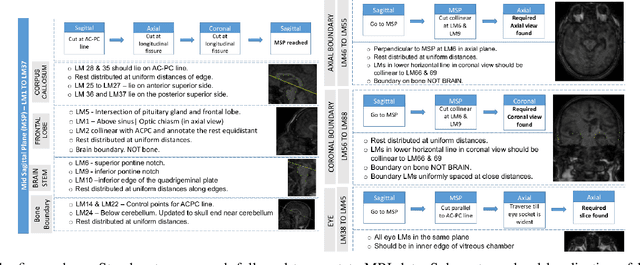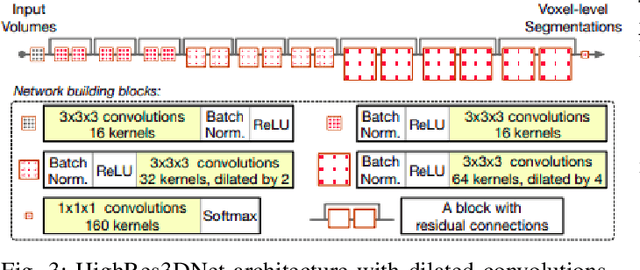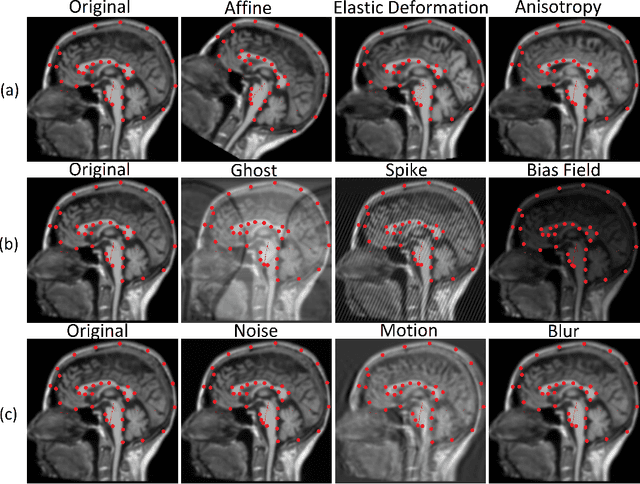Shrey Singla
Alignment For Performance Improvement in Conversation Bots
Jun 27, 2024Abstract:This paper shows that alignment methods can achieve superior adherence to guardrails compared to instruction fine-tuning alone in conversational agents, also known as bots, within predefined guidelines or 'guardrails'. It examines traditional training approaches such as instruction fine-tuning and the recent advancements in direct alignment methods like Identity Preference Optimization (IPO), and Kahneman-Tversky Optimization (KTO). The effectiveness of alignment techniques both pre and post-instruction tuning is highlighted, illustrating their potential to optimize conversational bots in domains that require strict adherence to specified rules, such as customer care.
Simulating Realistic MRI variations to Improve Deep Learning model and visual explanations using GradCAM
Nov 01, 2021



Abstract:In the medical field, landmark detection in MRI plays an important role in reducing medical technician efforts in tasks like scan planning, image registration, etc. First, 88 landmarks spread across the brain anatomy in the three respective views -- sagittal, coronal, and axial are manually annotated, later guidelines from the expert clinical technicians are taken sub-anatomy-wise, for better localization of the existing landmarks, in order to identify and locate the important atlas landmarks even in oblique scans. To overcome limited data availability, we implement realistic data augmentation to generate synthetic 3D volumetric data. We use a modified HighRes3DNet model for solving brain MRI volumetric landmark detection problem. In order to visually explain our trained model on unseen data, and discern a stronger model from a weaker model, we implement Gradient-weighted Class Activation Mapping (Grad-CAM) which produces a coarse localization map highlighting the regions the model is focusing. Our experiments show that the proposed method shows favorable results, and the overall pipeline can be extended to a variable number of landmarks and other anatomies.
 Add to Chrome
Add to Chrome Add to Firefox
Add to Firefox Add to Edge
Add to Edge